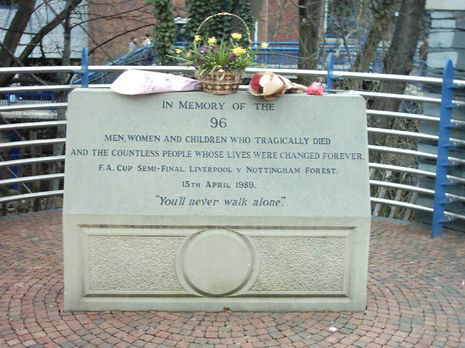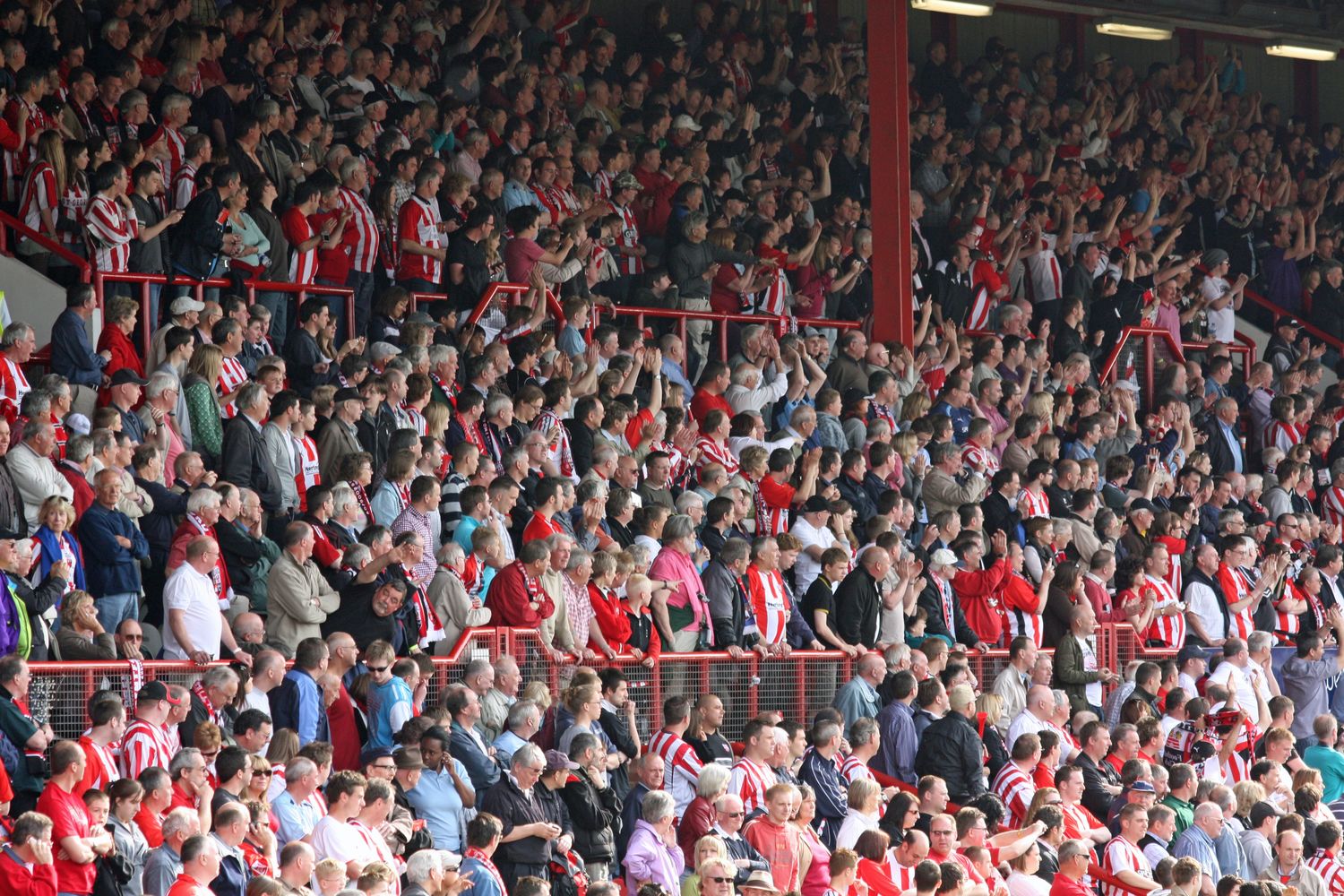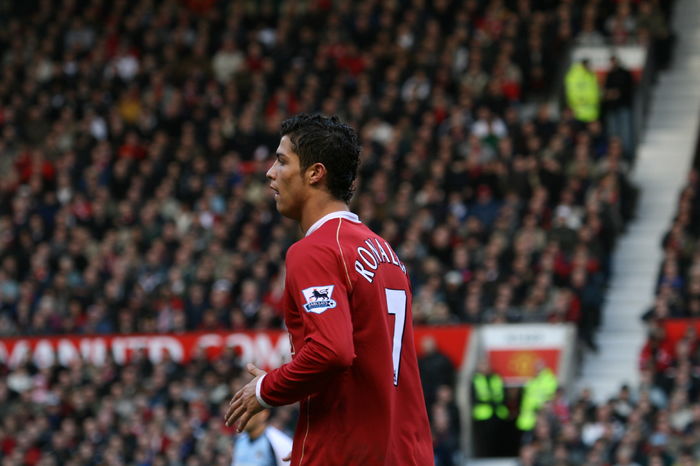At around 9.30pm on the 29th of December Chelsea are hanging on to a 1-0 lead against Brighton at Stamford Bridge. With Brighton applying pressure in the closing stages, Marc Cucurella’s request for the ball back from a Chelsea fan is rebuffed, as he throws the ball as far as he can into the East Stand. For the next minute and a half, Stamford Bridge erupts in derisive jeers as the ball is chucked around by Chelsea fans before the Brighton bench finally loses patience and seeks out a new ball for Cucurella. Just moments later, the Bridge faithful is stunned to silence as Edouard Mendy is rooted to the spot by, of all people, former gooner Danny Welbeck’s arcing header.
Chelsea’s title hopes were all but extinguished, Brighton had scored their first ever goal at Stamford Bridge and all Chelsea fans present, myself included, were left with egg on our faces. In the circumstances, Chelsea fans might be forgiven for forgetting the wider significance of the occasion as they steamed out onto the Fulham Road in their droves, but their hurt pride pales in comparison with the fact that night was the last time, possibly ever, that an all-seater fixture would be played at Stamford Bridge. In the next match against Liverpool, fans were legally allowed to stand at The Bridge for the first time in the Premier League since 1993.
“The practical merits of safe standing in designated sections of stadia are hardly up for debate”
Anyone who has been in the Matthew Harding Lower Stand and its equivalents in stadia around the country might shrug their shoulders at this announcement. Fans have always stood for the entirety of matches despite the law, and are largely left alone by stewards for it. The practical merits of safe standing in designated sections of stadia are hardly up for debate. It is widely regarded that if fans do choose to stand for the entire game, it is more dangerous not to have metal bars in front of them. Recent studies have confirmed this. Nearly every club in all the major divisions of European football has at least a portion of its stadium as a standing terrace. Moreover, the plans English football has for safe standing are carefully thought out, and conservative compared to the rest of Europe. For example, a ratio of 1-to-1 for the capacity of all seated stands to standing will be used, compared to a multiplier as high as 1.8 in some countries across Europe.
It all doesn’t add up though. Why has something which most fans agree about, that makes sense from a safety point of view, and is widely in place across all other major leagues in Europe, only now being implemented? To answer this question, as even the most casual football fan will be aware, is to revisit the horrific trauma of the Hillsborough disaster, and the violent rupture in the identity of English football it brought about.
“Affirmative action and palpable change needed to be seen by the people, a scapegoat could be found by the outlawing of standing at all football stadiums in the top two divisions”
Long before Boris Johnson and ‘partygate’, football hooliganism in the 1980s was seen as the embarrassment of Britain. Several scandals through the decade had greatly tarnished the reputation of British football fans abroad. This culminated in the banning of English football clubs in European competitions for five years after the Heysel Stadium Disaster of 1985, in which Liverpool fans charged at Juventus fans, causing a crush in the terraces that killed 39 Juve supporters. The pride and glory of 1966 had faded into a distant memory, and the language of violence, exclusion, and tribalism had taken its place in the eyes of the public.
With Britain firmly under the iron grip of Thatcherism by this point, the government took the firm view of ‘something had to be done.’ Thatcher’s solutions, one of which was called “Goalies against Hoolies” which aimed to use the “more articulate goalkeepers, who are often first in line of hooligan fire” to speak out against fan violence, were further proof of how woefully out of touch she was with working class Britons. That her six-point plan for the future of English football was pitched on April’s Fools Day of 1985 is apt. The introduction of metal fencing to segregate fans, later partially responsible for the Hillsborough tragedy, was another product of governmental pressure on football clubs to deal with hooliganism. Nevertheless, football’s internal division was only a microcosm of a nation, perhaps more divided than it ever had been, in the era of Thatcherism. Football hooliganism was entangled in the social fabric of 1980s Britain, and its roots ran far deeper than Thatcher’s heavy handed, intolerant approach to dealing with it might suggest.

English football was on its knees in 1989. Then Hillsborough happened. The facts of the tragedy are well known: 97 Liverpool fans, the most recent of the victims dying last year, tragically lost their lives as thousands of fans were crushed against the perimeter fence of the Leppings Lane stand.
“Long before Boris Johnson and ‘partygate’, football hooliganism in the 1980s was seen as the embarrassment of Britain”
How does one react to such an unspeakably shocking tragedy? Responses pointed the finger of blame in various directions, often unjustly towards the Liverpool fans, but the simple truth is no explanation will ever suffice in alleviating the weight of the tragedy on the victims’ families, Liverpool F.C, and the football community as a whole. It leaves a gaping, uncrossable void in the history of English football.
Nevertheless, the public wanted concrete answers, which the Taylor Report sought to provide. The main conclusions of the report were actually that standing at football stadiums was not inherently unsafe, but that police misconduct and perimeter fences were the main contributors to the disaster. Affirmative action, however, and palpable change needed to be seen by the people, and rather than blame the authorities for their management of the crowds, a scapegoat could be found by the outlawing of standing at all football stadiums in the top two divisions, which pointed the finger at the fans. Perimeter fences were removed too, and the policing of crowds thoroughly re-strategized.
It became a ground zero for English football. The English game was, quite literally, liberated from its cage and, like the liver bird depicted on Liverpool’s badge, the newly branded Premier League rose from the ashes of catastrophe. The growth of English football since has been nothing short of remarkable as the Premier League has developed into a multi-billion-pound corporation, and the leading football brand in the world. For the large part, football stadiums have become a safe place for families and fans of all ethnicities, sexual orientation, and beliefs. Many speak with reason about the worrying consequences of the exponential commodification of football clubs, leaving working class fans behind, and there is much merit to these concerns. We can, however, also say with certainty that football stadia are immensely safer, more accepting spaces than they were in the darkest days of the 1980s. That we can bring back the terraces without the need to keep fans apart in metal cages, speaks volumes to this.
It is with pride that I think we should view the reinstatement of standing in English football stadiums, but always with one eye on the legacy of the past. As racism and bad behaviour starts to creep back into the game, after a record year for football related arrests, the cages of football’s dark days should remind us that football stadia are a space for unity, not division. Overall, the English game is in an immensely better position now than it was in the 1980s, though like the banner soaring through the Anfield sky read on the 30th anniversary of Hillsborough, we must ‘Never Forget’.


